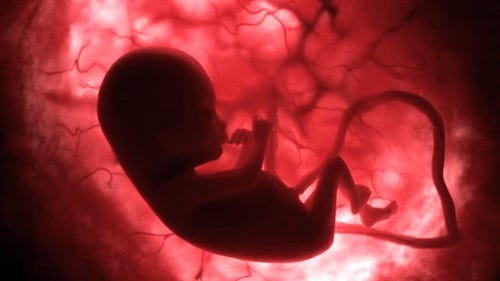Scientists have tried to discover if one could build an antigravity machine for years. It’s the stuff of science fiction movies. However, according to Einstein’s theory of General Relativity and recent experiments, antigravity can’t exist. Gravity is, in fact, the strong, continual force acting on our bodies that keeps us from floating into space. On average, the force pulls falling objects, such as skydivers, towards the earth at a terminal speed of approximately 150 miles per hour.
The force acts according to the mass of the celestial body. So the moon, which has a much smaller mass than the earth, means there is one-sixth the earth’s gravity on the moon. The Apollo astronauts famously demonstrated this when they skipped quickly into the air, attaining heights with ease despite being loaded with heavy equipment.
The first instance where gravity significantly impacts humans is when the baby raises its head to look up in the first few months of life. A baby in the uterus and at birth has a C-curve throughout its spine. This is the primary convex curve.
The first change that starts to occur is when the baby starts to look up and around.
Keep reading with a 7-day free trial
Subscribe to The Truth Patrol to keep reading this post and get 7 days of free access to the full post archives.




